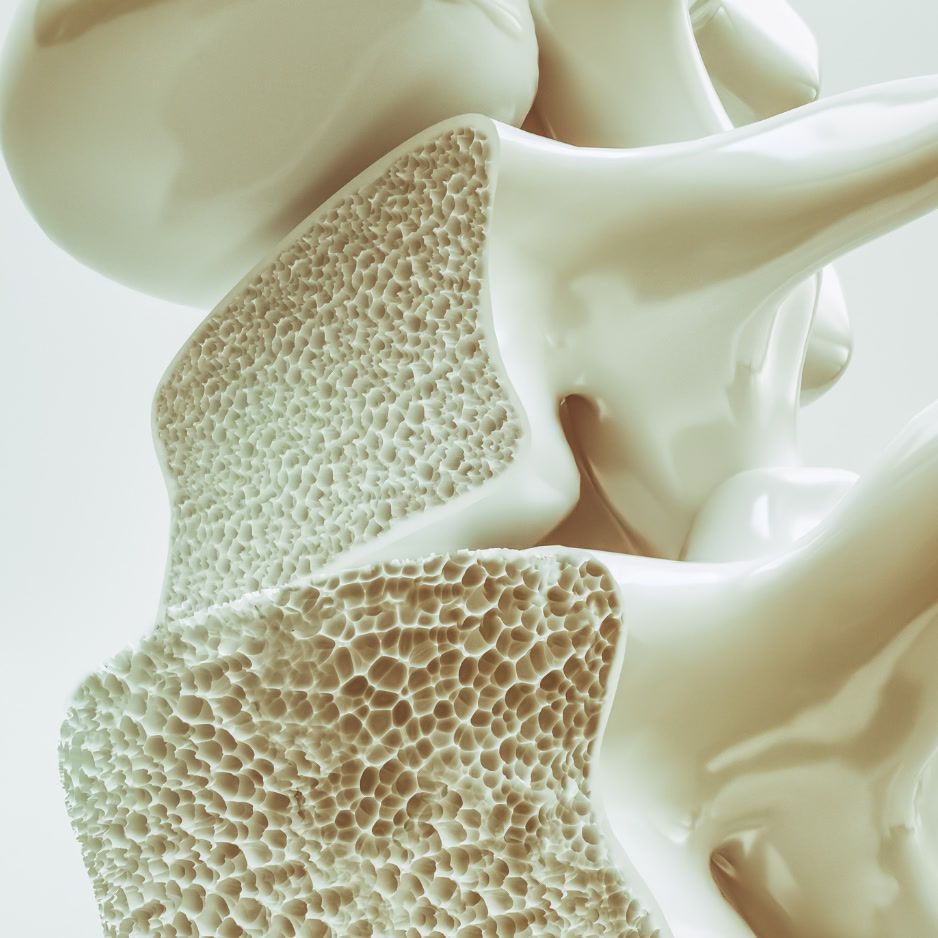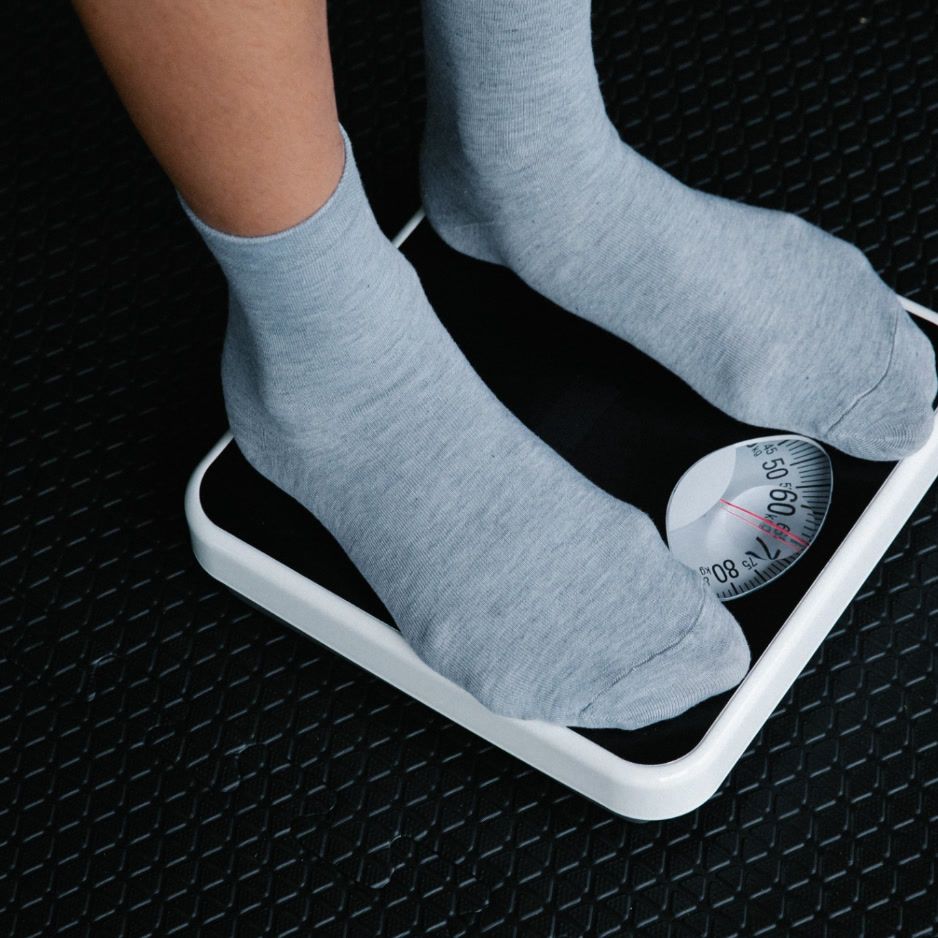Insulin Resistance & Weight Loss Guide
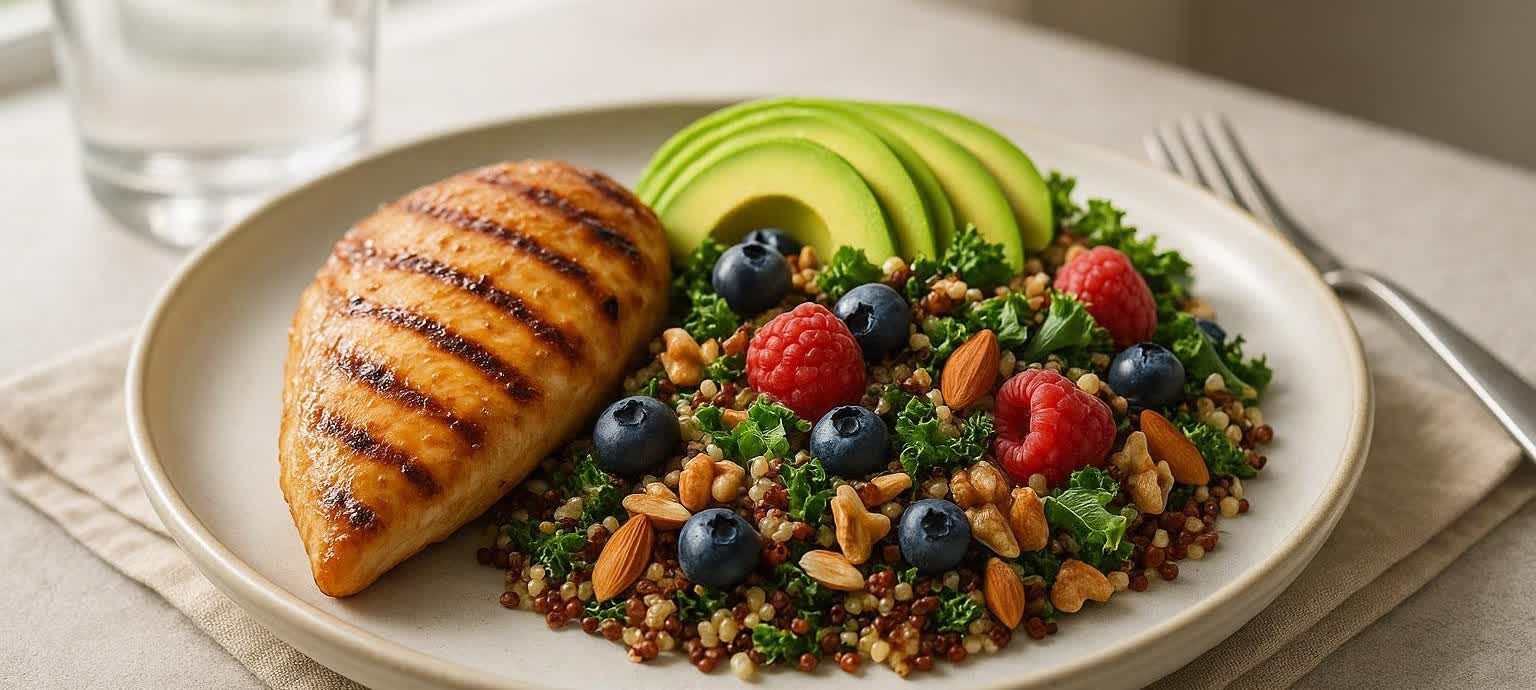
Insulin Resistance & Weight Loss Guide
If you’re eating less, moving more, and still watching the scale stall, insulin resistance could be the hidden reason holding you back. The good news? Improving insulin sensitivity often unlocks consistent, sustainable fat loss—especially around the belly area that’s tied to higher health risks.
This guide breaks down exactly why insulin resistance makes weight loss tricky and lays out an evidence-based roadmap—nutrition, exercise, sleep, stress, and tracking—to turn things around. Always consult your healthcare provider before making significant lifestyle changes based on this information.
What Is Insulin Resistance?
Insulin is the hormone that acts like a key, “unlocking” your muscle and liver cells so they can pull sugar (glucose) out of your bloodstream and use it for energy.
When those cells stop responding to insulin’s knock, your pancreas has to yell louder by pumping out more insulin. Over time, the chronically high insulin (hyperinsulinemia) can keep blood sugar in a normal range for a while—but it also nudges the body to store more fat, particularly deep visceral fat.
Visceral fat isn’t just a spare tire—it’s a metabolic troublemaker linked to higher cardiometabolic risk.
A growing body of imaging research finds that visceral adipose tissue (VAT) correlates more strongly with cardiovascular risk than total fat or BMI—reinforcing the value of measuring VAT directly, as summarized in a recent review on VAT and cardiovascular risk. A DEXA scan can quantify visceral fat more accurately than tape measures, making it a powerful early-warning tool, as explained in our guide on what visceral fat is.
Why Does Insulin Resistance Make Weight Loss Hard?
- Insulin is a storage hormone. High circulating insulin locks fat inside fat cells and makes it harder to tap into stored energy between meals.
- Cravings and energy dips. Rapid blood-sugar swings can trigger intense hunger cues that sabotage calorie control.
- Lower metabolic flexibility. Your body prefers burning carbs even at rest, leaving less opportunity to oxidize fat.
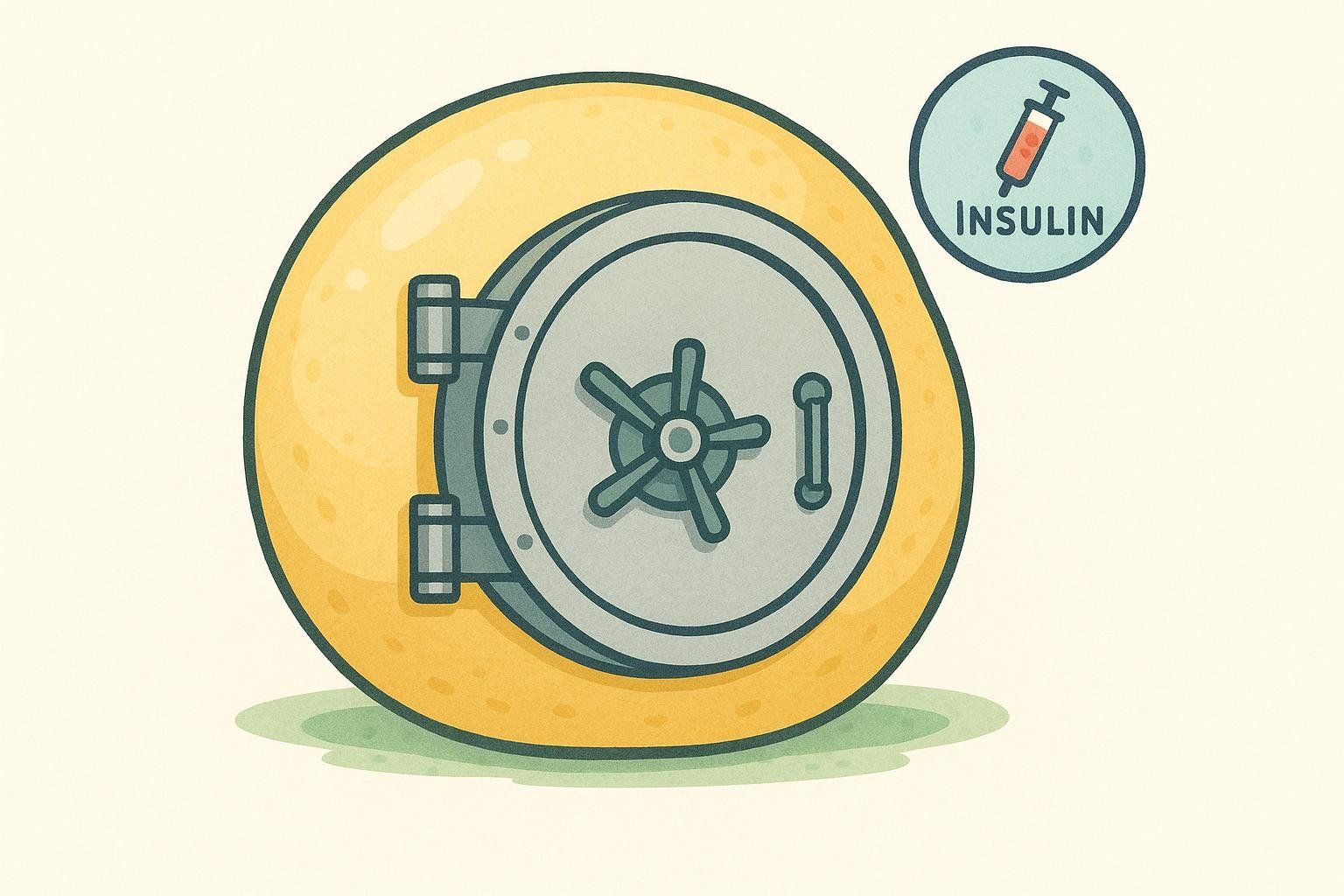
How Do You Know If You’re Insulin Resistant?
| Test | Practical Flags & Reference Points |
|---|---|
| Fasting insulin | >15 µU/mL (hyperinsulinemia can be an early marker) |
| HOMA-IR (fasting glucose × fasting insulin / 405) | >2.2–2.5 (population-based cutoffs in Korean adults and Japanese adults) |
| Waist circumference | >35" women, >40" men (NHLBI guidance) |
| Visceral fat (DEXA) | >10% of total body weight (BodySpec coaching guideline; see VAT percentiles and risk context) |
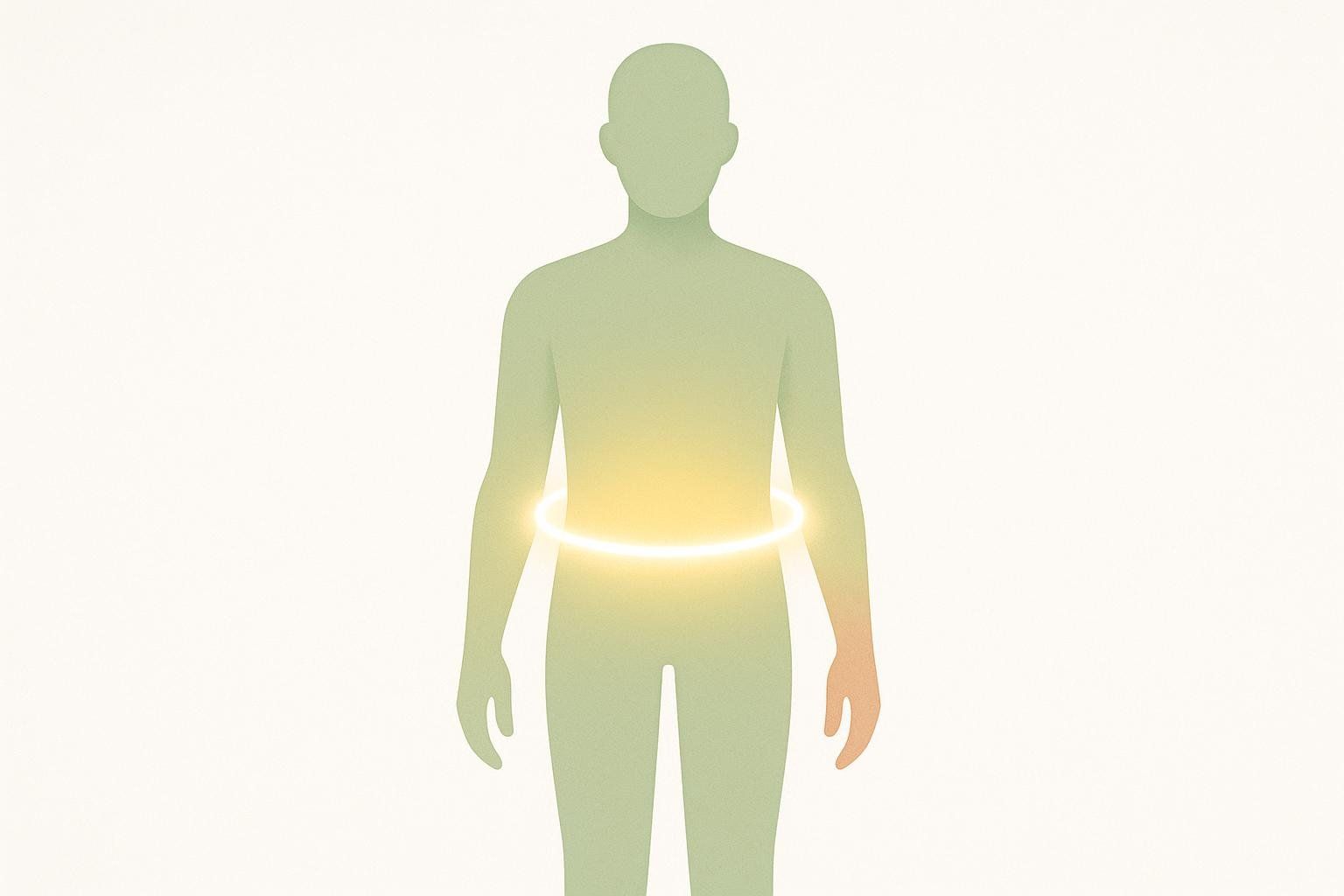
Note: HOMA-IR cutoffs vary by lab method, ethnicity, age, and sex, which is why population-specific studies report different thresholds. Use these values as screening references only and confirm with your clinician, who can interpret results alongside your symptoms, medications, and other tests. For a broader symptom and testing overview, see our Prediabetes Symptoms Guide.
The Science: Weight Loss Improves Insulin Sensitivity
- Research summarized by the Washington University School of Medicine found that a 10% body-weight loss plus exercise more than doubled insulin sensitivity compared with diet-only loss in people with prediabetes.
- In a 12-week randomized trial in AJCN, a low-glycemic diet paired with daily exercise improved liver and muscle insulin sensitivity and reduced post-meal insulin spikes in older adults with obesity.
- A 2017 review in BMJ Open Sport & Exercise Medicine reports a dose–response effect, with higher exercise volume or intensity (including resistance training and HIIT) delivering larger insulin-sensitivity gains—even without weight loss.
Nutrition Strategies to Reverse Insulin Resistance
1. Prioritize Low-GI, High-Fiber Carbs
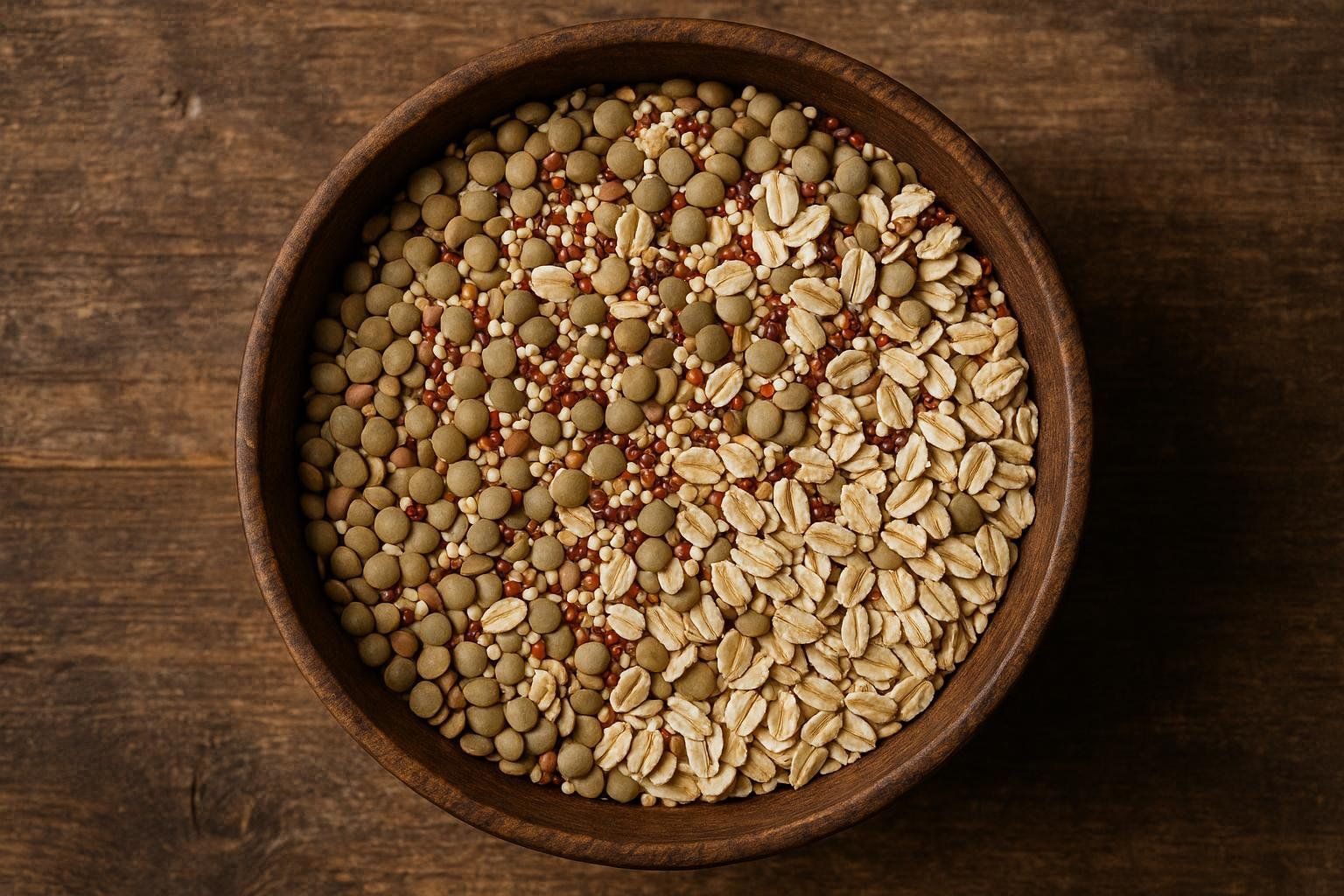
Swap white bread, sugary cereals, and fruit juice for oats, lentils, berries, and quinoa. Fiber slows glucose entry into the bloodstream, easing the insulin surge.
2. Anchor Every Meal With 25–35 g of Protein
Protein blunts post-meal blood-sugar rises and helps preserve lean mass during weight loss—providing a dual benefit for your metabolism.
3. Embrace Healthy Fats
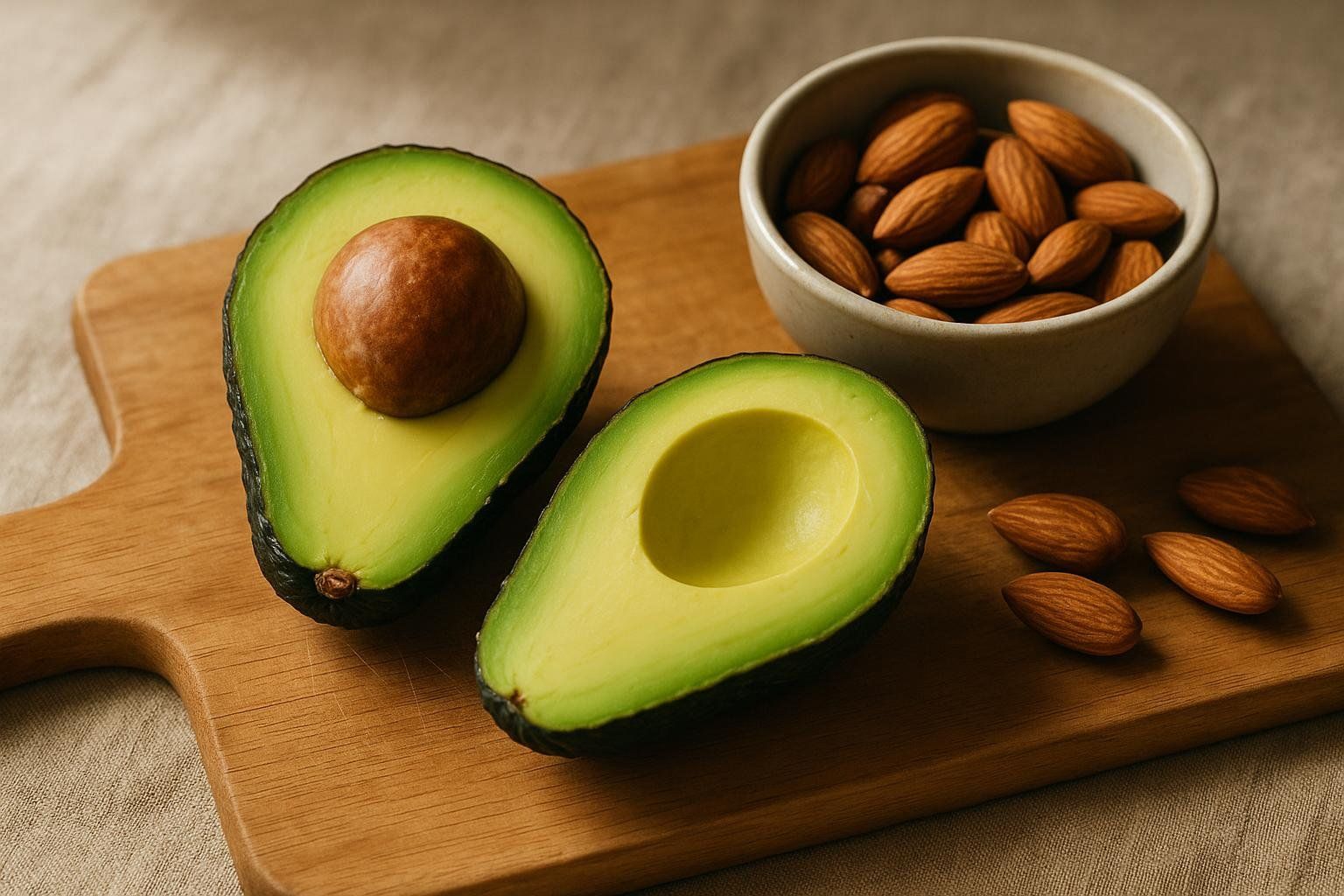
Monounsaturated fats (olive oil, avocado, nuts) support insulin-receptor signaling. Aim for 1–2 thumb-sized servings per meal.
4. Time Carbs Around Activity
Muscles are most insulin-sensitive for roughly 2–3 hours after exercise. Front-loading carbs in this window helps refill glycogen without large insulin spikes (see mechanisms of exercise-induced glucose uptake).
5. Consider a 12–14-Hour Overnight Fast
Early time-restricted feeding (finish dinner by 7 p.m.) can lower fasting insulin and improve morning glucose control without extreme calorie cutting (randomized crossover trial in prediabetes).
Exercise Approaches That Boost Insulin Sensitivity
| Mode | Program Target | Potential Impact on Insulin Sensitivity |
|---|---|---|
| Aerobic (zone 2) | 150 min/week | Improves systemic insulin sensitivity over time |
| Resistance training | 2–3 full-body sessions | Improves insulin sensitivity and preserves/builds lean mass |
| HIIT | 2 × 20-min weekly | Produces larger, time-efficient improvements in insulin sensitivity |
| Daily steps (NEAT) | 8–10 k/day | Helps maintain improvements between workouts |
How Exercise Boosts Insulin Sensitivity
Muscle contractions ferry GLUT-4 transporters to the cell surface—opening extra doors for glucose to enter without insulin. This heightened sensitivity can persist up to 48–72 hours post-workout (mechanistic overview of post-exercise glucose uptake).
Lifestyle Habits That Accelerate Results

- Prioritize 7–9 hours of sleep. Short-term sleep restriction can reduce insulin sensitivity in healthy adults.
- Manage stress. Elevated cortisol raises blood glucose; counter with box breathing, meditation apps, or a 10-minute walk.
- Sync with daylight. Align your daily light exposure and activity patterns—better alignment between light-dark and activity-rest cycles is linked to healthier glucose metabolism in U.S. adults (Diabetes Care analysis of NHANES data).
4-Week Insulin-Sensitivity Blueprint
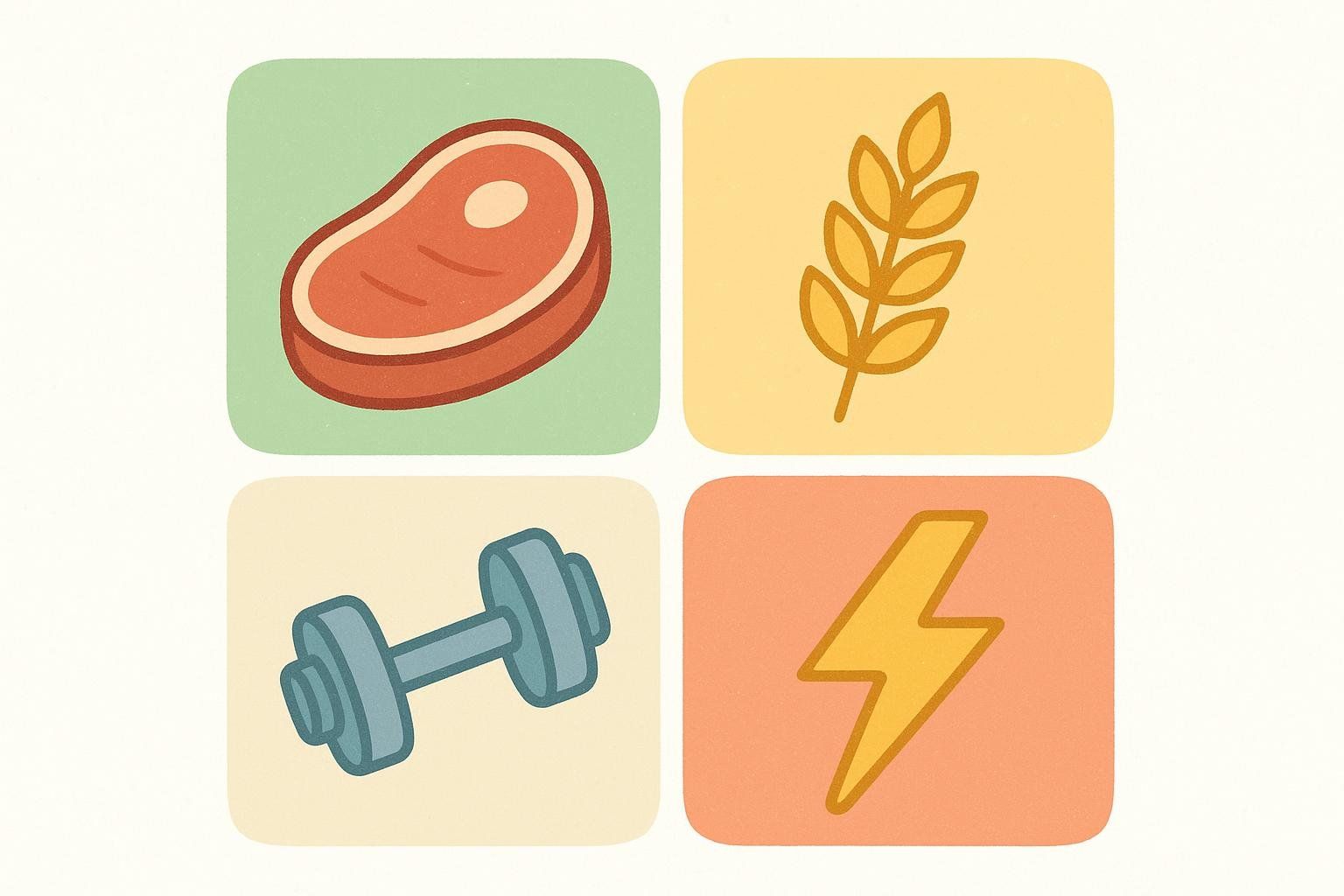
| Week | Focus | Non-Negotiables |
|---|---|---|
| 1 | Foundation | Track protein, hit 8 k steps, bedtime 10:30 p.m. |
| 2 | Carb Quality | Replace refined grains with low-GI options |
| 3 | Strength | Add 3 full-body strength training sessions |
| 4 | HIIT Layer | Introduce 2 × 20-min interval workouts |
Use this 4-week cycle as a repeatable foundation. After Week 4, return to Week 1 and continue progressing, adjusting calories to target a steady 0.5–1% of body weight loss per week.
Tracking Progress Beyond the Scale
• DEXA Scan: Quantifies visceral fat and lean-mass changes so you know if you’re losing fat—not muscle. Learn to read your report in our guide: Interpreting DEXA Scan Results.
• Between scans, an online body fat calculator can help estimate general trends, while DEXA remains the gold standard for precise body composition.
• Lab Work: Retest fasting insulin and HOMA-IR every 12 weeks.
Frequently Asked Questions
Does intermittent fasting work for insulin resistance?
Yes—studies on early time-restricted feeding (14–16 h fast/8–10 h eating) show reductions in fasting insulin and improved insulin sensitivity (randomized crossover trial in prediabetes). However, one-meal-a-day (OMAD) patterns may risk lean-mass loss, especially in active individuals (systematic review of OMAD and lean mass).
Can you be thin and still insulin resistant?
Absolutely. Genetics, visceral-fat distribution, and conditions such as polycystic ovary syndrome (PCOS) mean even normal-weight people can have metabolic issues—another reason DEXA beats BMI.
Do I need zero carbs?
No. Whole-food carbs paired with protein and activity beat “no-carb” deprivation for most people long-term.
Take the Next Step
Improving insulin sensitivity is measurable and achievable. Schedule your BodySpec DEXA scan today and start tracking the visceral-fat and lean-mass changes that matter most to your metabolic health. Book now.
